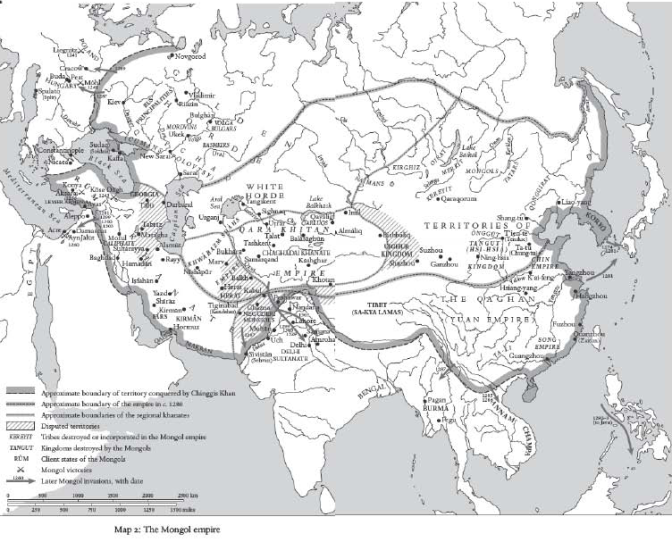The integration of the Arabian Seas
with Indian Ocean studies has received increased interest among world
historians in the past few decades. The
sweeping narrative and ongoing project of R.J. Barendse, The Arabian Seas (Barendse R. J., 2002); and André Wink,
Al-Hind, the making of the Indo-Islamic World. (Wink, 2004) are among a growing
number of works that see the commerce and society of the Arabian Seas and
Indian Ocean as interconnected. Together
these works offer a broader historical inquiry that expands beyond the emphasis
on European empires[1]. This new research offers ways to understand
regional ocean trade and societies both before and after impact of the European
empires[2]. Historians make increasing use of not only
commercial documents but narratives of culture and society that reflect the
material conditions of society and communities based around the Indian Ocean
and the Arabian Seas[3]. In this paper I examine the rise and relative
demise of the natural economy of the Western Indian Ocean and Arabian Seas from
the 14 to early 19th century. In this period we find a speculative
system known as mudhārabah that allowed a speculative profit or loss on
maritime trade across this region. This system was pressured by the absorption
and realignment into the modern world system.
The natural economy of the
pre-modern Arabian Seas and Indian Ocean system was defined in Khaldoun Hasan
al-Naqeeb’s al-Mujtama` wa-al-dawlah fī al-Khalīj wa-al-Jazīrah
al-`Arabīyah: min manẓūr mukhtalif (Society and State in the Gulf and Arab
Peninsula: a different perspective) (al-Naqeeb, 1985).
Al-Naqeeb was a Kuwaiti historian and sociologist whose critical
writings and position as an academic and intellectual were both noteworthy and
rare in authoritarian states where the comparative study of both modern and
contemporary history is generally discouraged and deemphasized[4]. Accordingly, we take up his theory of the
natural economy of the Indian Ocean system that described the making and
unmaking of a regional economy and system of trade. Of particular interest is
his emphasis on the resistance strategies to maintain the muḍārabah system in
spite of the eruption of the age of imperialism into the Arabian Seas and
Indian Ocean after 1500 (al-Naqeeb, 1985, p. 41).
Al-Naqeeb identified this natural
economy as a system of local capitalist relations that depended on speculative
capital put forth by individual lenders and owners of local capital assets,
boat owners and primary goods and commodities.
The muḍārabah or speculative capital required an advance of
capital by the boat owner to pay for the crew and for capital to buy goods at
various ports on a voyage. In return,
the owner of the capital who may have been based in a home port along the
Arabian Seas expected a return for his capital upon the voyage’s return. The savvy of the captain and crew in
negotiating and trading for profit at each step of their voyage across the
Arabian Seas into the Indian Ocean network meant that the crew and captain had
to measure their profit to ensure their own pay or cut of the profit on their
return voyage. On some legs of the
voyage, individual crew members might take a stake in purchasing a commodity to
be traded at the next port and thereby receive a small wage or profit from
their contribution. For other
destinations, the crew might not receive any pay on the outgoing segment but
awaited their compensation based on the stake of the profit from the commodity
bought and later resold on the return home.
Evidence of Transitions from Pre-Modern to Early Modern History of the Arabian Sea Economy and Society.
Al-Mujawir’s 13th century
chronicle, the Tārīkh al-Mustabșir may
be read cautiously for evidence of pre-modern conditions that led to the
success of commercial fishing and trading towns along the Arabian Sea. His Tārīkh or history provides detailed descriptions of the Arabian
Peninsula, its sea routes across the Indian Ocean, as well as accounts of his
visits to the Oman and Yemen coasts (Rentz, 2012). In one dream sequence, he describes the
verdant conditions of an imagined town around Sana’ā in Yemen, with prosperous
markets, irrigation and a place of learning (Al-Mujawir, 2008, p. 235). This passage is followed with a description
of an actual town where pottery was produced.
Al-Mujawir recounts that in 12th
century Aden, it was the practice to register crew member names while assessing
customs fees or duties on ships visiting from other Yemeni ports (Al-Mujawir,
2008, p. 253). The cloth trade was a key commodity of the late
medieval period and one may infer that local officials were taxing or assessing
charges to individual crew members who they assumed had a stake in the muḍārabah
system of speculative commodity buying and selling.
[1] Barendse’s
work first appeared in 1998 under the title of The Arabian Seas 1640-1700. This project has since been continued and
expanded into the three volume study The Arabian Seas
[2] As an example
this paper has benefited greatly from use of the extensive digital collections
and libraries of the Sheikh Al Qassimi Gulf Studies Research Center in Sharjah,
United Arab Emirates.
[3] In 2009 the
British Academy sponsored a project begun in 2009, Islam, Trade and Politics Across the Indian Ocean.

No comments:
Post a Comment